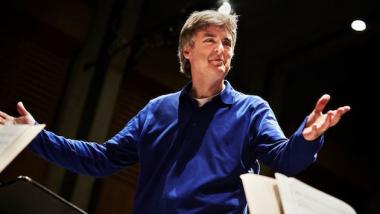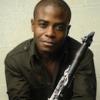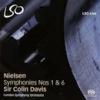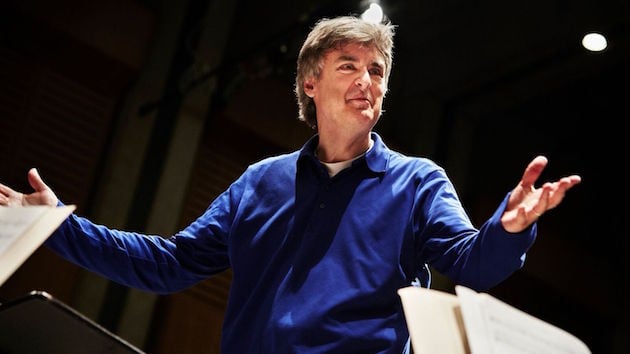
a
The Danish conductor Thomas Dausgaard was once a top candidate to succeed Jeffrey Kahane in the vacant post of music director of the Los Angeles Chamber Orchestra (LACO). But in a rare example of an orchestra selecting a leader by promoting from within, the Seattle Symphony beat the LACO to it by making Dausgaard, 55 — the principal guest conductor there since 2013 — their music director, starting in 2019. And Dausgaard is already creating a distinguished recorded legacy in Seattle with the start of a Nielsen symphony cycle and the most electrifying complete Mahler Symphony No. 10 in many a decade.
Yet Dausgaard was able to fulfill some long-arranged concert dates with the LACO anyway over the past weekend — and the one at UCLA’s Royce Hall Sunday night gave us a tantalizing look of what might have been. It was a terrific concert, devoted entirely to music spanning a century from the Baltic/Scandinavian region that we seldom hear live.
The LACO had never played any of it before. Indeed, they had never played anything by Nielsen at all until these performances of the Clarinet Concerto. Shocking, yes, but surprising, no, since concert life in general just barely taps into a wealth of music that we wouldn’t know if not for recordings.
Dausgaard opened with an intense rendition of Grieg’s Two Norwegian Airs, using just his throbbing hands to pull the sound and a lot of expression out of the LACO strings, every phrase lovingly attended to, and not without humor at times. The string players looked visibly delighted afterwards.
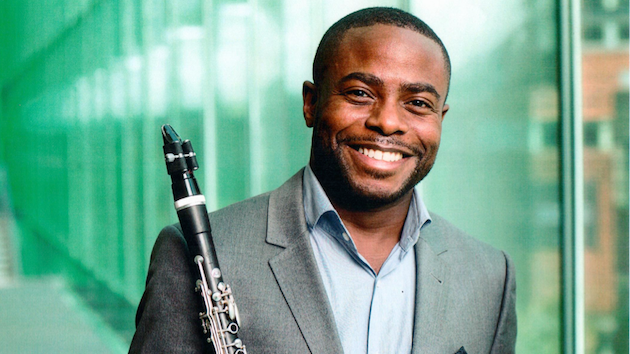
Then came the Nielsen Clarinet Concerto, his last major work and fully representative of a final period in which his health was failing and his music was becoming increasingly — and wonderfully — weird. A folk-like theme makes for a deceptively simple opening, for the score is full of conversations and quarrels, careening almost out of tonality here and there. As in the Symphonies Nos. 5 and 6, a rogue snare drum plays a major solo role, challenging and nearly overwhelming the solo clarinet at times here. Anthony McGill from the New York Philharmonic was the fearless clarinetist, making the oddly dizzy flurries of the two cadenzas sound almost easy, and Dausgaard expertly molded and heightened the contrasting elements, reaching a volatile peak midway through.
To start the second half, Dausgaard observed what seemed like an endless pause for silence, all the better to enter the mood of Arvo Pärt’s brief, moody, meditative Silouan’s Song — a prime example of the idiom that was once tagged “holy minimalism.”
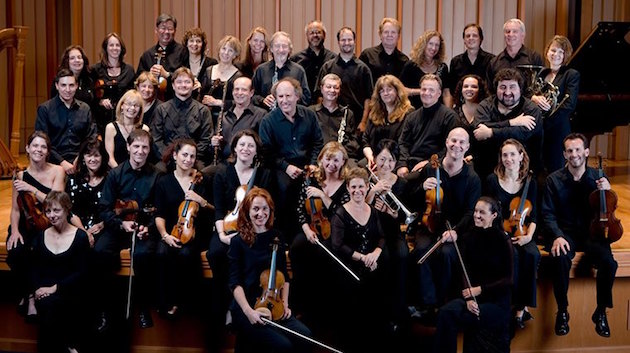
Then with virtually no pause (applause would have ruined the effect), Dausgaard launched right into Sibelius’s Symphony No. 3. It was in this symphony that Sibelius truly became Sibelius. He turned inward, the Romantic rhetoric of the first two symphonies gone, with leaner textures, pedal points, and unorthodox development now in total command but not at the expense of memorable tunes and motifs. It is the least performed of the seven symphonies — even Herbert von Karajan, a master of Sibelius, passed it by — yet it is the one most eminently suited for a chamber orchestra treatment and has been successfully recorded that way by Paavo Berglund.
Dausgaard did a splendid job making the Third’s case, maintaining the essential tension with a running rhythmic momentum, working the climaxes to the max, and luxuriating in the repeated folk-like tune that dominates the second movement, every phrase shaped with care.
If this brand of out-of-the-routine programming and performance is typical of Dausgaard, Seattle is lucky to have him.

